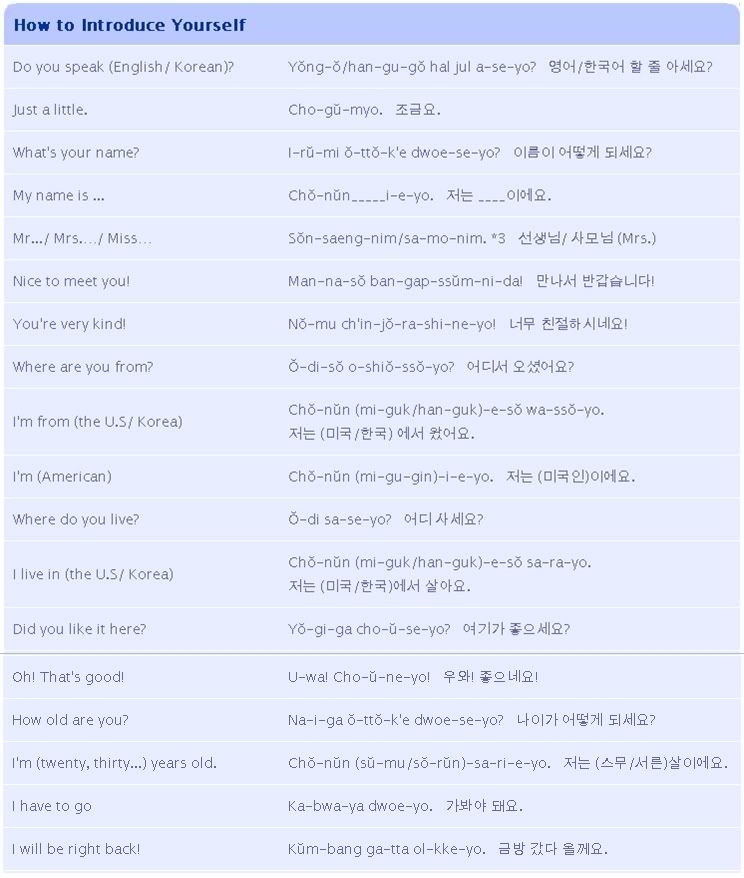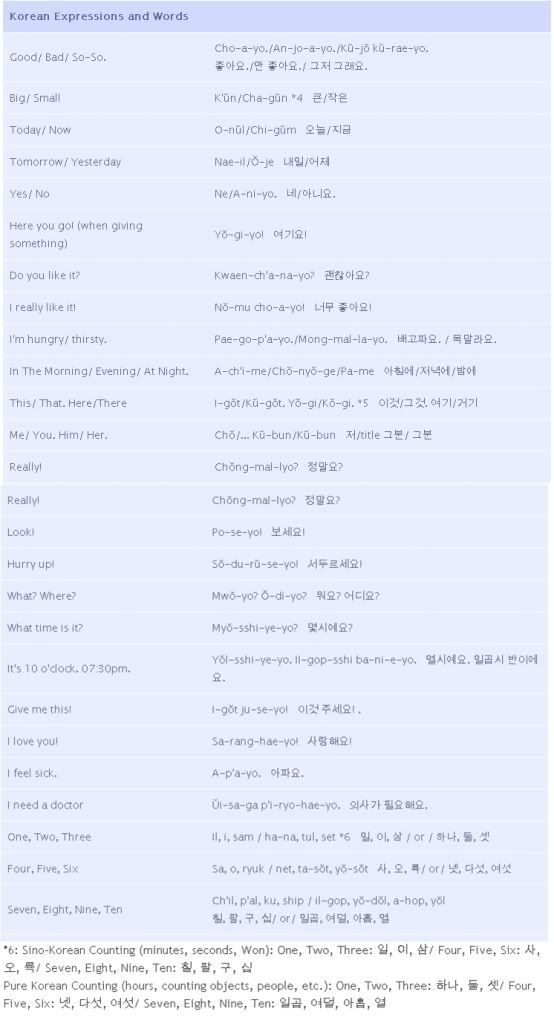Hangul is a phonemic alphabet organized into syllabic blocks. Each block consists of at least two of the 24 Hangul letters (jamo), with at least one each of the 14 consonants and 10 vowels. These syllabic blocks can be written horizontally from left to right as well as vertically from top to bottom in columns from right to left. Originally, the alphabet had several additional letters .
The modern name Hangul (한글) was coined by Ju Sigyeong in 1912. Han (한) meant "great" in archaic Korean, while geul (글) is the native Korean word for "script". Han could also be understood as the Sino-Korean word 韓 "Korean", so that the name can be read "Korean script" as well as "great script". 한글 is pronounced [hanɡɯl] and has been romanized in the following ways:
>>Hangeul or han-geul in the Revised Romanization of Korean, which the South Korean government uses in all English publications and encourages for all purposes.
>>Han'gŭl in the McCune-Reischauer system. When used as an English word, it is often rendered without the diacritics: hangul, often capitalized as Hangul. This is how it appears in many English dictionaries.
>>Hankul in Yale Romanization, a system recommended for technical linguistic studies.
North Koreans prefer to call it Chosŏn'gŭl (조선글), for reasons related to the different names of Korea.
The original name was Hunminjeongeum (훈민정음; 訓民正音; see history). Due to objections to the names Hangeul, Chosŏn'gŭl, and urigeul (우리글) (see below) by the Korean minority in Manchuria, the otherwise uncommon short form jeongeum may be used as a neutral name in some international contexts.
------------------------------------♥ ♥ ♥ ♥ ♥ ♥ ♥ ♥ ♥ ♥ ♥ ♥-----------------------------------

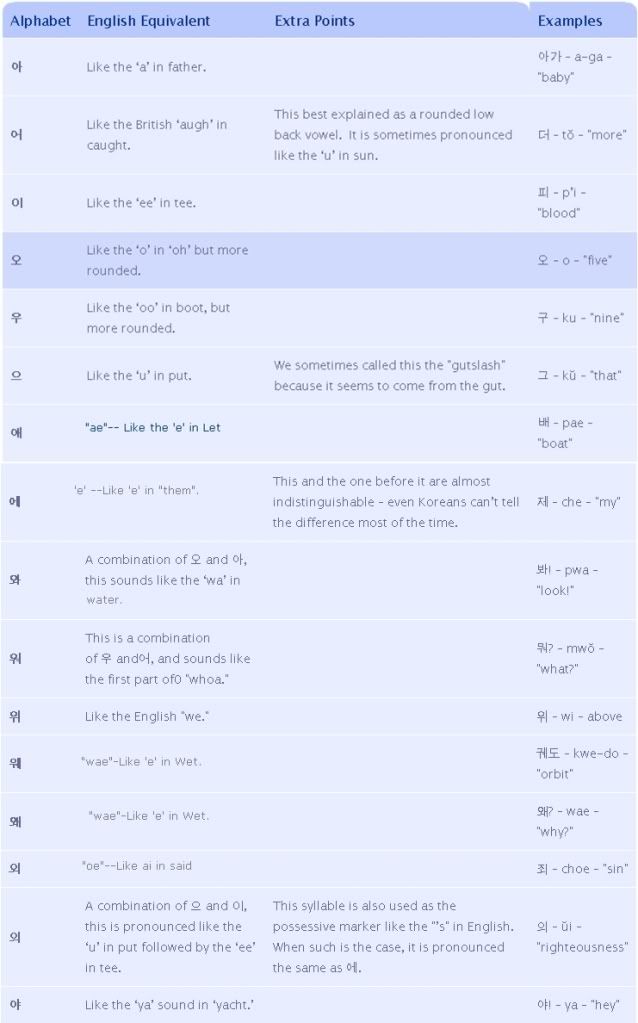
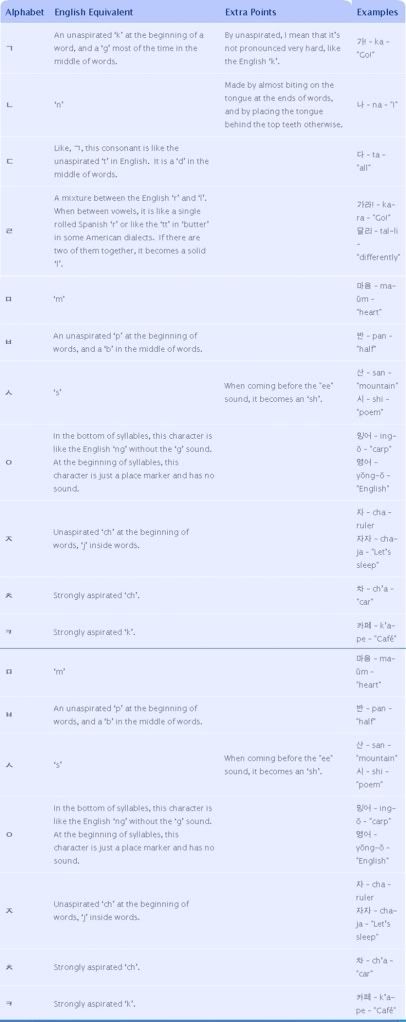
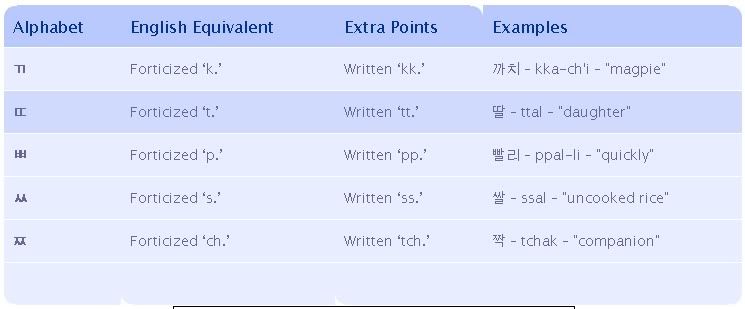
Sources:
http://en.wikipedia.org/wiki/Hangul
http://www.lifeinkorea.com/language/korean.cfm

